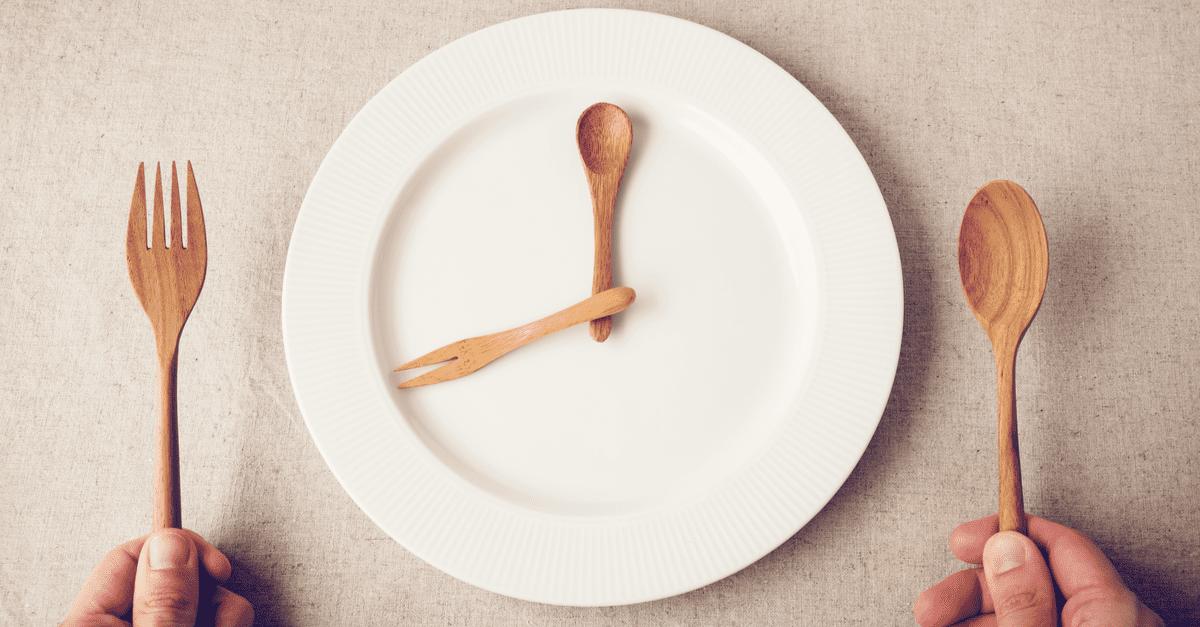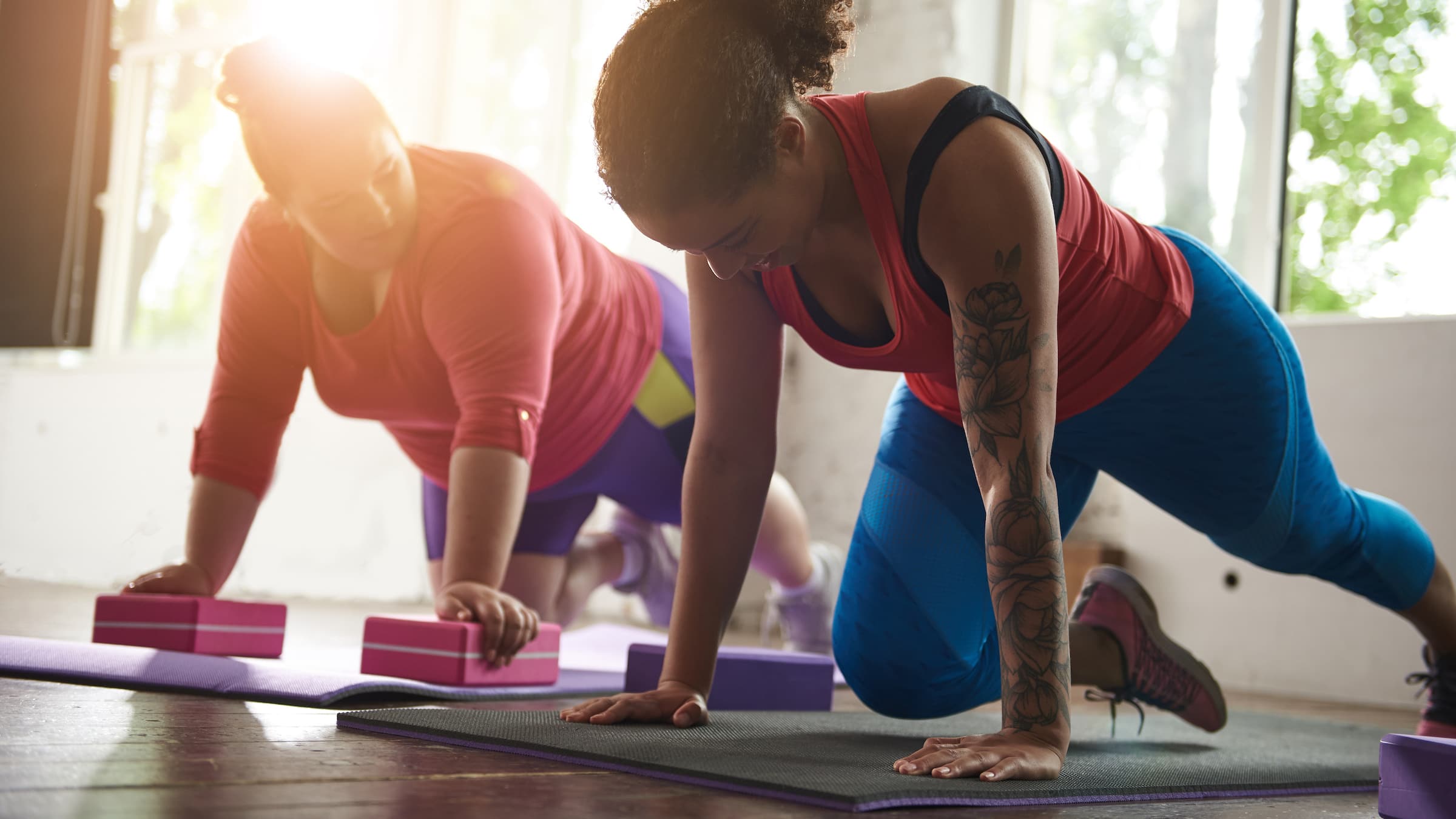What is Fascia?
Fascia is a type of connective tissue that extends into almost every corner of the body and is responsible for holding it all together. It is a spider web-like scaffolding that surrounds every organ, tendon, ligament, muscle and muscle cell. These woven threads create spaces, separate and connect muscles and organs, envelope our major body cavities, are in bones and surround the brain, spinal cord and peripheral nerves. In other words… fascia is everywhere and connects to everything!
This collagenous-based soft tissue is highly adaptable and resilient, and is responsible for maintaining a harmony within the body by providing a tensegritous environment. This basically means that there is equal force on all parts at the same time in such a way that everything is held in an ideal suspension and allows our bodies to operate as the brilliant and efficient machines that they are. Pretty cool stuff, right?
The benefits of Fascia
Fascia is naturally taken care of when you lead a healthy lifestyle! Through movement, stretching and exercise fascia has ample opportunity to move and breathe (so to speak), and other parts of your body are able to receive the environment and nourishment they need to thrive! Long story short, healthy lifestyle habits support this scaffolding of your body that, in turn, it will support all of your other systems and prevent injury.
Lifestyle habits that can damage Fascia
Most people aren’t aware of their fascia until something goes wrong, because it’s barely noticeable when it’s healthy! The most common fascia-related injury we hear about is plantar fasciitis: a painful tearing of the connective tissue that runs along the sole of the foot. According to the folks over at the Mayo Clinic, it is more common in people who are overweight. When fascia is injured in one area, it can pull on and affect the surrounding connective tissues and muscles, similar to poking your finger into a spider web, causing a ripple effect of discomfort and/or injury. Although fascia can be damaged during accidents, injuries and surgeries, the most common cause is due to lifestyle! That’s right… lifestyle! The good news is, that means it’s preventable!
In order to understand how we can keep our fascia hydrated and healthy, let’s take a look at how these lifestyle injuries are caused.
Compression
Sitting for long periods of time is the most common way our fascia can become chronically compressed. When this happens, the yummy interstitial fluid (think nutritious soup for your cells) that normally bathes the fascia within this extracellular matrix (scaffolding) gets pushed out of the way. As a result the fascia can become thin, dehydrated and easily tear. WIthout sufficient interstitial fluid, the surrounding cells won’t receive all of the vital nutrients (oxygen, electrolytes, hormones, salts, fatty acids, and carbon dioxide) they need to thrive, which can have an adverse ripple effect in other areas of the body.
Lifestyle habits that cause compression
Sitting for long periods, wearing high heels, poor posture.
Adhesion
When fascia is dehydrated or strained (due to compression or poor alignment), it can become sticky and adheres to its neighbors, sometimes even binding muscles together. This may not be immediately noticeable, but if you were to go play your first game of tennis in a few months and those muscles (let’s say in your thigh) aren’t able to move independently of each other like they are supposed to, you would likely pull a muscle, a hamstring, or tear a ligament or tendon! Ouch!
Lifestyle habits that cause adhesion
Compression, lack of stretching & movement, poor alignment.
Poor Alignment
Good alignment and posture is super important for physical health; it prevents unnecessary wear and tear, which is key for avoiding pain, injury, muscle imbalance and possibly knee or hip replacements down the road.
Real results with a personalized weight loss program
Take the quiz!

Lifestyle habits that cause poor alignment
Favoring one side of the body: Wearing a bag on the same shoulder, always sitting with the same leg crossed on top, sleeping on the same side. Hunching at your desk, stress, lack of exercise/muscle tone.
Get Started Today!
Now that you know just how incredibly important your fascia is, let’s take a look a these 8 tips on how to nourish your body through movement and keep that fascia hydrated, supple and strong well into your golden years!
- Avoid sitting for too long. If you work at a desk, try setting an alarm or reminder on your phone to get up and move every hour. Even a 2 minute walk around the office or a few quick stretches can make a big difference.
- Stretch! Stretching is one of the best ways to promote the elasticity of your connective tissues, become more flexible, increase range of motion and prevent injury.
- Keep moving! The American Heart Association recommends a minimum of 150 minutes (2.5 hours) of moderate movement each week. If you’re not there yet, don’t worry! It’s something to strive for. At the end of the day, any and all movement counts, so wherever you are with your exercise goals, start there! What can you add to your exercise routine this week?
- Yoga. If you are new to yoga, a good place to start is with a gentle beginners class or video. It’s an excellent method for symmetrically stretching and strengthening both sides of the body and does great job of keeping fascia, hydrated, buoyant and nourished.
- Practice good posture and alignment. I know it can be hard to do sometimes, but your body will be forever grateful! Being mindful of how you are holding your body in space can become a lifestyle habit that’s just part of your day-to-day routine over time.
- Myofascial Release. MR is a type of massage that can be especially helpful for working with fascia that has been altered do to lifestyle habits, injury, accidents, etc.
- Use a foam roller or tennis ball. Foam rollers and tennis balls are excellent props to help give yourself a deep fascia massage!
- Share the love! Tell someone in your life what you know about fascia and how they can take care of theirs!
So what do you think? How will you take care of your fascia today?





